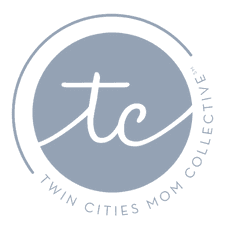{Disclosure: We are thrilled to partner with Children’s Hospitals and Clinics of Minnesota to share helpful information about early childhood development for children ages zero to three. A host of additional early childhood resources are available on the Children’s website.}
Even before we see that plus sign on the pregnancy test, we compare. We compare our ‘trying to conceive’ journey to our friends’ or even to our own previous journey(s). We look at the similarities and differences from one woman’s pregnancy, and body, to another’s, from one’s own pregnancy to a subsequent or previous pregnancy. Some of us are more hardwired than others to see, or look for, these parallels. Does that come from being a type-A perfectionist? While it is one thing to compare ourselves to ourselves, it is an entirely different thing to compare ourselves to others, the entire reason for the “mommy wars.” But what happens when we compare children, especially to their siblings? How does that negatively affect them, and how can we prevent it?

The only parallels between my two children are that they have the same big, brown eyes, the same sandy brown, curly hair, and the same affinity for dinosaurs and Frozen. My first child came from a surprise pregnancy, with a very long labor and delivery, resulting in a very spirited daughter. My second child came after a difficult series of attempts to get pregnant, which included an early miscarriage. Labor and delivery with my son were so fast there was no time for drugs. He just turned two and so far has been very opposite of his sister. She likes to sit and read; he likes to throw and chew on books. She likes to draw with crayons; he likes to eat them. She likes to swim; he likes baseball. She likes bland food; he likes spicy food. She fights sleep; he nods off in the middle of eating. She prefers her daddy; he prefers his mommy.
More to the point, she spoke her first words, spelled her name, spoke in complete sentences, and signed ASL much earlier and more proficiently than my son. At the age of three, she started Chinese immersion preschool (at the school district’s recommendation) and now is counting and singing entire songs in Chinese, reading Chinese characters, and teaching her family Chinese. At the age of four, she is now reading picture books to her brother and chapter books to herself.
Having a first child who started speaking very early and a second child with a different timeline caused me some concern. Was it nature or nurture? With my daughter, I was a SAHM exclusively for six months, and then only worked very part-time and mostly from home. She and I spent a LOT of time together – nursing, sleeping, talking, reading, walking, library story times, music classes, gym classes, swim classes, etc. We were inseparable – whether we wanted to be or not. I did everything recommended by the AAP, ECFE, and every other alphabet soup of child organizations.
When my son was born, I worked more, but still part-time and mostly from home. I tried to do as much with him as I had done with my daughter, but it was different – I had a toddler to care for, too. We did not have as much money or time for all of the activities for two children, and I did not have as much energy (in part because I also was fighting postpartum depression). Was it just his being born second, or was it my different life situation and parenting that resulted in him following a different speech timeline?
Thankfully, Children’s Hospitals and Clinics of Minnesota reminded me that 80 percent of brain development occurs by age three. So I still have a year of my son’s life to catch up, right? Well it probably is not necessary, as it turns out, I did something right: I was “the best early childhood teaching aid.” So knowing it was not necessarily “my fault” that my son has followed a different timeline, how do I know if he does have a language delay? I talked to our pediatrician and read up on Delayed Speech or Language Development. At my son’s two-year-old check up, we found out he is completely “normal” and on the appropriate track. He has started saying more words, including his own name. He is speaking in short sentences, which are increasing every day. Even though “Nemo” and “Elmo” sound similar, others are being to understand what he is saying.
 What did I learn from all of this unnecessary worry? Well, first, I will never stop worrying about my children–that is a parent’s job after all. However, it was a big, fat reminder to stop comparing my children to each other. Even though they share the same parents and basic genetic makeup, they have completely different genes, personalities, and developmental paths. I am glad I realized this while they both are still young. I do not want either one of them to grow up in competition with the other, or thinking one is “ahead” or “behind” the other. Both are smart, loving, and, most importantly, healthy.
What did I learn from all of this unnecessary worry? Well, first, I will never stop worrying about my children–that is a parent’s job after all. However, it was a big, fat reminder to stop comparing my children to each other. Even though they share the same parents and basic genetic makeup, they have completely different genes, personalities, and developmental paths. I am glad I realized this while they both are still young. I do not want either one of them to grow up in competition with the other, or thinking one is “ahead” or “behind” the other. Both are smart, loving, and, most importantly, healthy.
Thank you to Children’s Hospitals and Clinics of Minnesota for incredibly helpful research and resources on child development to help educate and support our family!
Photo credit: Sarah Elizabeth Photography
We all know Children’s Hospitals and Clinics of MN to be an incredible leader in healthcare, but they also have a wealth of resources to help you guide your child into the potential they already hold within them. You ARE your child’s greatest tool in learning and this month, we’re sharing a number of experiences from our team alongside the incredible amount of resources offered by Children’s. Find more information on the Children’s website.



